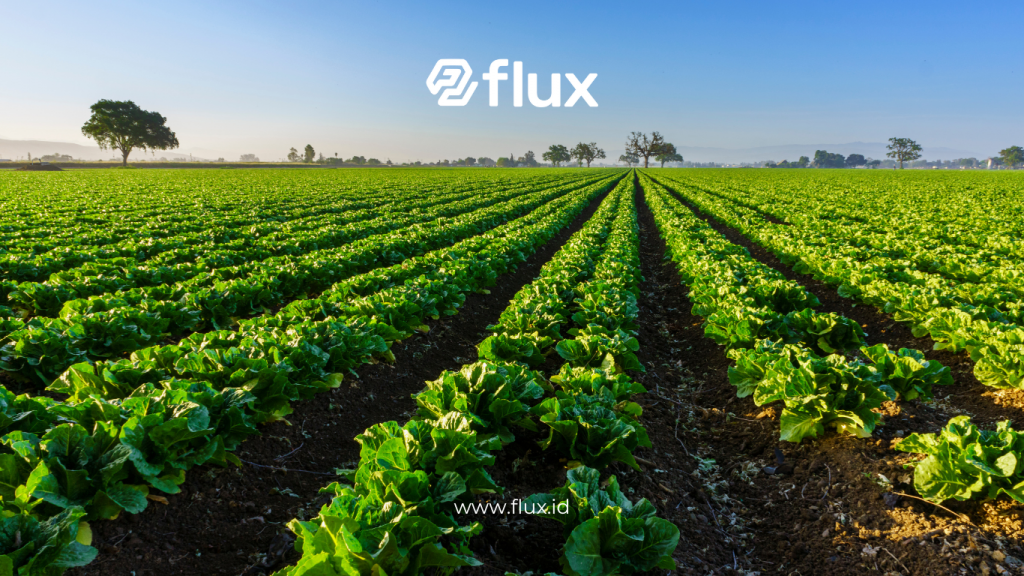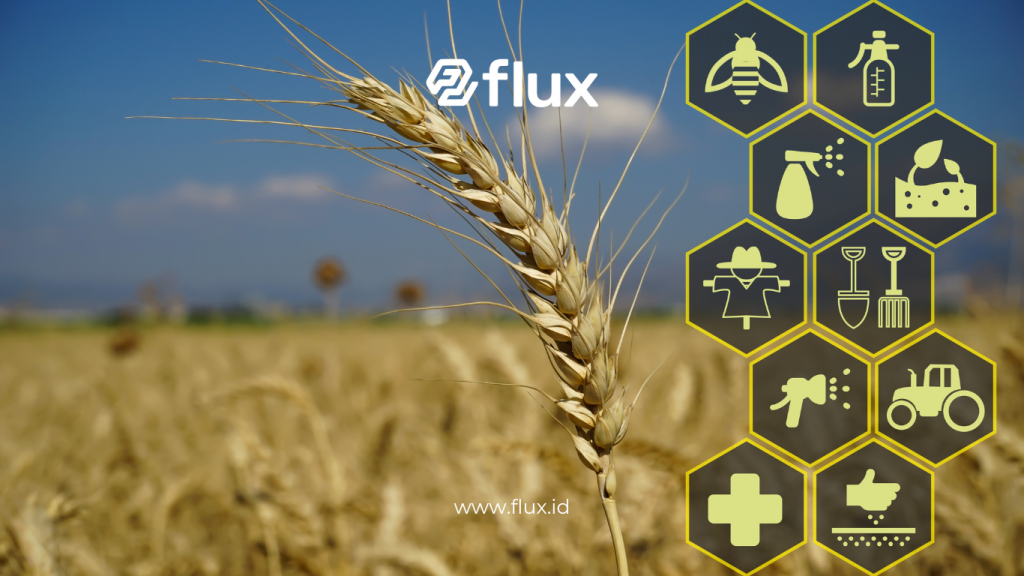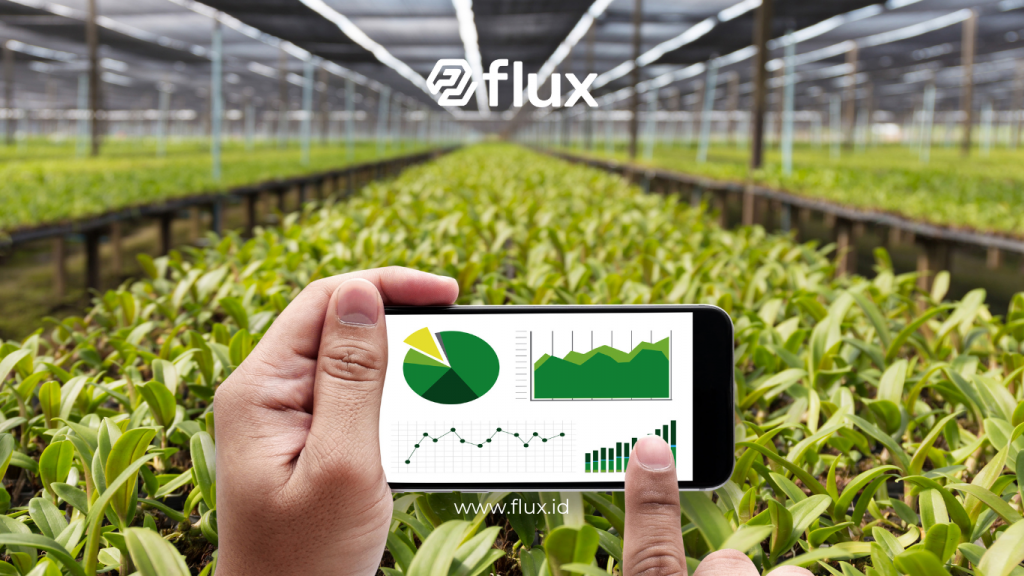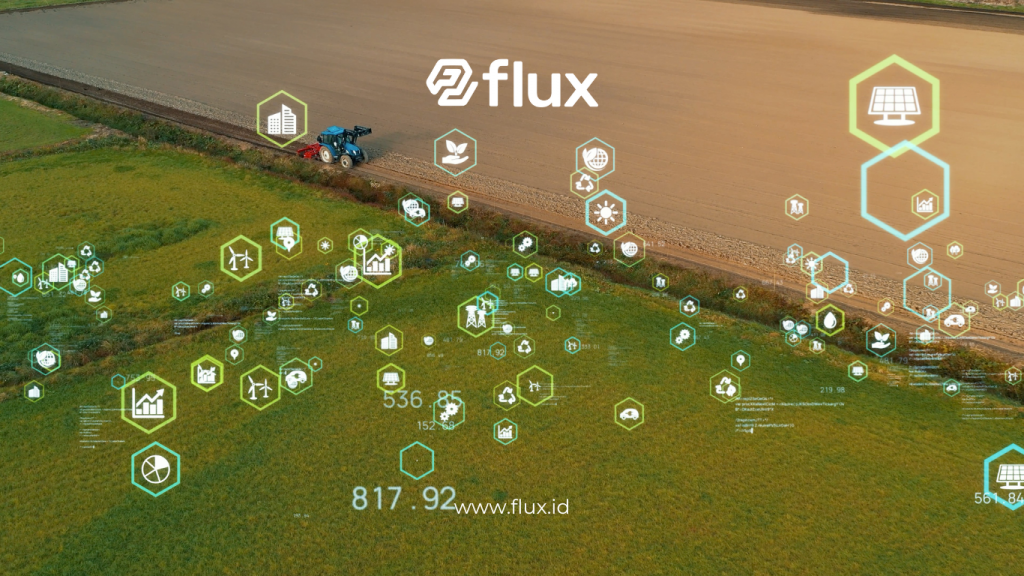Don't miss our holiday offer - 20% OFF!
In today’s digital era, Internet of Things (IoT) technology has brought a revolution across various sectors, including agriculture. The use of IoT sensors for monitoring plants and soil offers innovative solutions that can significantly boost agricultural productivity. This article will discuss how IoT sensors work, their benefits, and the implementation and challenges of using this technology in agriculture.
Contents
What Are IoT Sensors in Agriculture?

Read More: Maximizing Agricultural Production with IoT Solutions from fluxFarming
IoT sensors are smart devices that can collect, send, and receive data via internet connections. In the context of agriculture, these sensors are used to monitor various environmental parameters and plant conditions in real-time. The data collected by these sensors can include soil moisture, temperature, light intensity, and soil pH.
Types of IoT Sensors for Agriculture
- Soil Moisture Sensors: Monitor soil moisture levels to ensure plants receive adequate water.
- Temperature Sensors: Measure air and soil temperature to determine optimal growing conditions for plants.
- Soil pH Sensors: Assess the acidity or alkalinity of the soil, affecting nutrient absorption by plants.
- Light Sensors: Measure the intensity of light received by plants, crucial for photosynthesis.
Benefits of Using IoT Sensors in Agriculture

Read More: Soil Nutrient Sensor: Enhancing Agricultural Yields
Using IoT sensors in agriculture provides several benefits that can enhance productivity and efficiency. Here are some key advantages:
1. Improved Water Usage Efficiency
By monitoring soil moisture in real-time, IoT sensors allow farmers to schedule irrigation more efficiently. This not only conserves water but also reduces operational costs and environmental impact.
2. Optimal Soil Nutrition
Soil pH sensors help farmers understand soil conditions and adjust fertilizer application accordingly. This ensures plants receive the right nutrients and prevents over-fertilization that could harm the environment.
3. Real-Time Plant Condition Monitoring
Temperature and light sensors provide information about environmental conditions affecting plant growth. With this data, farmers can quickly take action if conditions are not ideal, such as adjusting shading or changing irrigation schedules.
4. Reduced Losses and Increased Yields
With better monitoring and more efficient resource management, farmers can reduce losses due to disease or nutrient deficiencies. This can lead to increased yields and improved product quality.
Implementing IoT Sensors in Agriculture

Read More: Modern Agriculture with IoT Sensors for Plant Monitoring
To implement IoT sensors effectively, farmers need to consider several key steps:
1. Choosing the Right Sensors
Select sensors that are suitable for the type of crops and soil conditions in the farming area. Ensure the chosen sensors are highly accurate and can withstand harsh environmental conditions.
2. Integration with Agricultural Management Systems
Integrate IoT sensors with existing agricultural management systems to facilitate data analysis and decision-making. Many agricultural management platforms now offer integration with IoT sensors for easier monitoring.
3. User Training
Provide training for farmers and operators on how to use and maintain IoT sensors. A good understanding of this technology will ensure optimal use and results.
4. Maintenance and Calibration
IoT sensors require regular maintenance and calibration to ensure data accuracy. Establish a maintenance schedule and ensure sensors are functioning properly to prevent data errors.
Challenges in Using IoT Sensors

Read More: IoT in Agriculture: Productivity and Sustainability
Although IoT sensors offer many benefits, there are some challenges that need to be addressed:
1. Initial Investment Costs
The initial investment for IoT sensors and supporting infrastructure can be a challenge, especially for small farmers. However, the long-term benefits often outweigh these initial costs.
2. Internet Connectivity
Availability and quality of internet connections in agricultural areas can affect the effectiveness of IoT sensors. Areas with limited internet connectivity may require alternative solutions like satellite connections.
3. Compatibility and Integration
Integrating sensors with existing systems can be complex, especially if using various sensors from different manufacturers. Choosing compatible sensors and ensuring good technical support is key to overcoming these issues.
4. Data Security
IoT sensors collect sensitive data about agricultural conditions. It is crucial to ensure that this data is protected from potential breaches or unauthorized access.
Case Studies: Implementing IoT Sensors in Agriculture

Read More: Drone Technology in Agricultural Monitoring for Smart Agriculture
Case 1: Sustainable Farming in the Netherlands
In the Netherlands, IoT sensors have been used effectively for managing sustainable farming. Soil moisture sensors help farmers schedule irrigation more accurately, while temperature and light sensors support plant growth in controlled environments.
Case 2: Crop Management in the United States
In the United States, corn farmers use IoT sensors to monitor soil moisture and air temperature. The collected data helps them make better decisions about watering and fertilization, leading to improved crop yields.
Conclusion
IoT sensors have opened up new opportunities in the agricultural world by offering advanced solutions for monitoring plants and soil. By leveraging this technology, farmers can enhance water usage efficiency, optimize soil nutrition, and monitor plant conditions in real-time. Although there are challenges related to cost, connectivity, and data security, the long-term benefits of using IoT sensors far outweigh these obstacles. Effective implementation of this technology, along with proper maintenance and training, can lead agriculture into a new era of productivity and sustainability.





